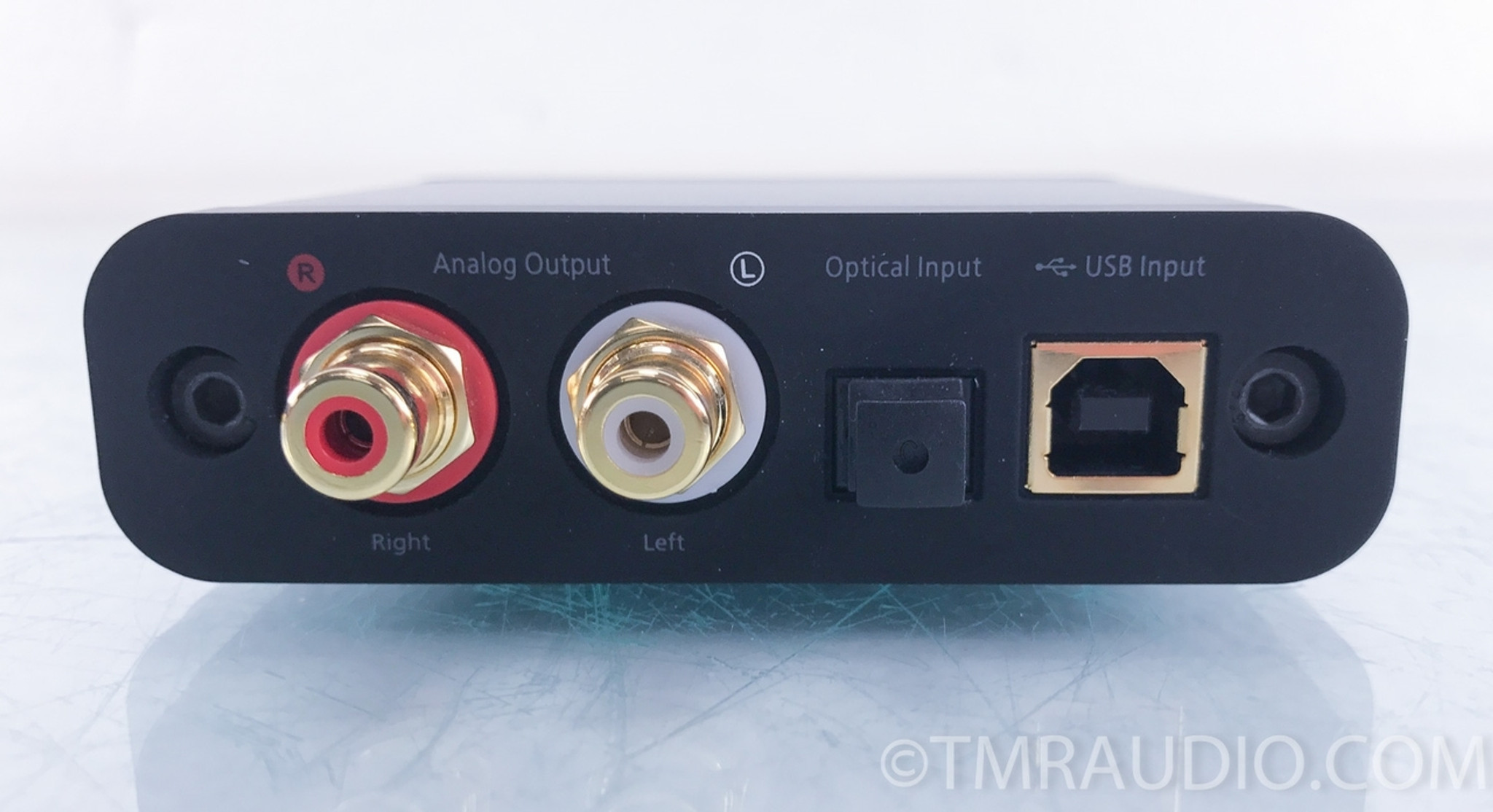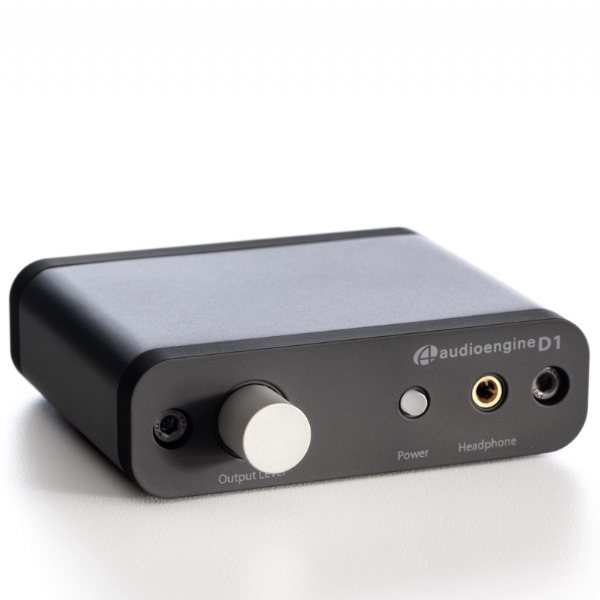

Anything that needs to process digital signals into something that you can hear has a DAC built-in somewhere. You might have never heard of DACs, but they are everywhere: inside that smartphone that you have, or one of the hardware in your computer, and even your TV. This job is reserved from digital to analog converters. But while there is no way for you to hear a picture, a music file has digital signals that need to be converted to analog before it can be piped into your earphones or speakers. How can you hear an MP3 file? To a computer, an MP3 file is nothing but a collection of 0s and 1s, much like an image file. Cubase vs FL Studio Compared: Which Software is Your Best Match? - January 5, 2023.Logic Pro vs FL Studio Compared: Which DAW is Right For You? - January 5, 2023.FL Studio 12 vs 20 Compared: Is It Worth The Upgrade? - January 24, 2023.

Smoothly adjust volume levels at fine increments without any undesirable noise or channel imbalance at lower volumes. Volume for headphones and line-out is controlled directly from the D1 front panel via the digitally-controlled analog potentiometer. The audio line-out preamp connects to powered speaker systems, amplifiers, or other external decoders with an analog or optical output. Because of the efficiency of the D1, it can even be powered by a phone or tablet. The D1 is powered directly from the USB input and passed through two stages of regulation to ensure no USB power variations affect the audio quality.

The D1 includes the ES9601C SABRE headphone driver amp with circuit protection and is designed for a wide range of headphones that will satisfy even the most critical listeners.

The D1 can process digital audio at any bit depth up to 24-bits and any sample rate up to 96kHz (192kHz using optical) Due to the high signal-to-noise specs of the ES9018 and the added benefit of double redundancy power source conversion and filtering, the D1 presents impressive low noise and low distortion characteristics. The D1 uses the ESS ES9018 DAC, which is well regarded for its low noise and high fidelity. Relative Humidity: 5% to 95% non-condensing Operating Temperature: 32 to 95 degrees F


 0 kommentar(er)
0 kommentar(er)
